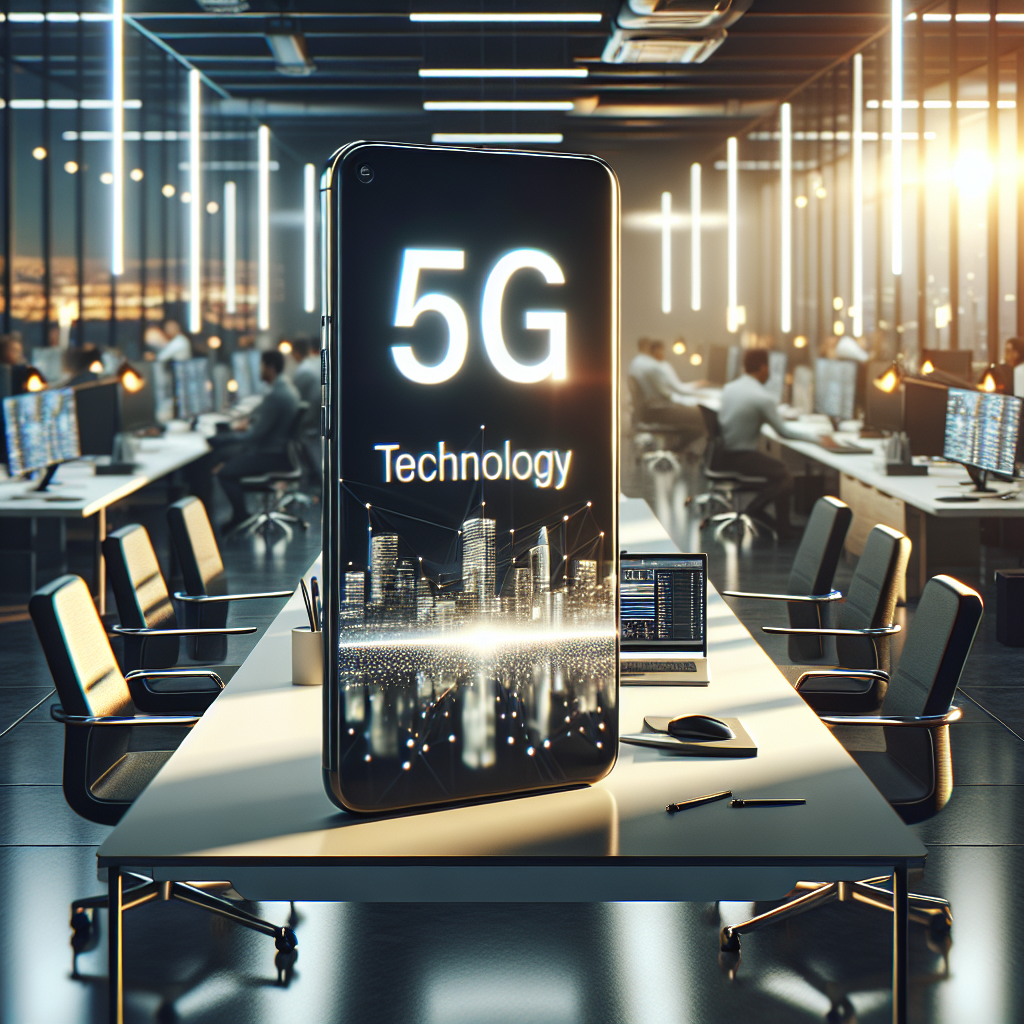Part 1: Huawei’s Rise to ProminenceHuawei Technologies Co., Ltd. is one of the world’s leading technology companies. Founded in 1987 by Ren Zhengfei, Huawei started as a manufacturer of telephone exchange equipment in Shenzhen, China. Over the years, it has evolved into a global powerhouse, specializing in telecommunications and consumer electronics. As of now, Huawei operates in over 170 countries, serving more than three billion people worldwide.One of the key drivers behind Huawei’s success is its commitment to research and development (R&D). The company invests heavily in R&D, with billions of dollars allocated each year. This focus on innovation has allowed Huawei to develop cutting-edge technologies, including 5G networking solutions, smartphones, and cloud computing services. In fact, Huawei has been a pioneer in the development of 5G technology, leading the charge in creating the infrastructure necessary for this next-generation mobile network.Huawei’s flagship smartphones, such as the P and Mate series, have gained significant traction across various markets. Known for their sleek design, advanced camera technology, and powerful performance, Huawei smartphones have received positive reviews and have captured a substantial share of the global smartphone market. However, the company’s growth has not been without challenges. The ongoing trade tensions between the United States and China have impacted Huawei, leading to restrictions that affect its ability to access essential software and hardware.Despite these challenges, Huawei continues to thrive by adapting its business strategies and focusing on markets less affected by these geopolitical tensions. The company has made significant strides in diversifying its offerings, launching products in areas such as wearables, laptops, and smart home devices. Huawei’s ecosystem of products aims to create a seamless user experience, connecting various devices and services for enhanced functionality.In conclusion, Huawei’s rise can be attributed to its dedication to innovation, extensive product range, and strategic market positioning. The company’s future will depend on its ability to navigate global challenges while continuing to provide high-quality products that meet consumer demands.Part 2: Huawei’s Challenges and Future OutlookWhile Huawei has achieved remarkable success, it faces numerous challenges that could shape its future trajectory. The most pressing issue is the **trade restrictions** imposed by the U.S., which have limited Huawei’s access to essential technologies, particularly Google services for its smartphones. The absence of Google Mobile Services (GMS) on recent Huawei devices has forced the company to develop its own operating system, HarmonyOS, and an app ecosystem to compete with established platforms. This transition may take time and investment to gain user acceptance and developer support.Furthermore, public perception plays a significant role in Huawei’s operations. Accusations concerning security risks associated with Huawei’s equipment and potential connections to the Chinese government have led to skepticism in several Western markets. To counteract these concerns, Huawei has made efforts to enhance transparency and establish partnerships that emphasize security and compliance.Despite these challenges, there remains a strong demand for Huawei’s products and services, particularly in developing markets. The company has been able to penetrate regions where competitors have less of a presence, including parts of Africa and Asia. By focusing on innovation and adapting to local market needs, Huawei can leverage its strong brand reputation to attract new customers.Looking to the future, Huawei aims to expand its investments in artificial intelligence (AI) and cloud computing, areas that are increasingly becoming key drivers of technology growth. By embedding AI into its products, Huawei seeks to create smarter and more efficient solutions that can resonate with consumers and businesses alike. Furthermore, the company is investing in sustainable technology practices, emphasizing green manufacturing and energy-efficient products to reduce its carbon footprint.In summary, Huawei stands at a crossroads, confronting significant challenges while also possessing numerous opportunities for growth. The company’s ability to innovate, adapt, and overcome external pressures will be crucial for its long-term success in the ever-evolving tech landscape.Conclusion: The Impact of Huawei on TechnologyAs we assess Huawei’s contributions to the technological landscape, it’s essential to recognize the company’s role in shaping modern communication and consumer electronics. Huawei’s relentless pursuit of innovation has led to major advancements in mobile technology, particularly with the advent of 5G networks. These networks are set to revolutionize industries by enabling faster data transmission, greater connectivity, and the development of applications that we have yet to fully realize.Moreover, Huawei has played a significant role in promoting competition in the global technology market. Its advancements in smartphone technology and telecommunications have pushed other companies to innovate, resulting in better products and services for consumers worldwide. As Huawei continues to expand its technological prowess, the dynamics of the tech industry will likely evolve, influencing various sectors beyond telecommunications and electronics.The challenges that Huawei faces should not overshadow its achievements. The company’s resilience and adaptability are commendable, and its commitment to R&D highlights the importance of innovation in staying relevant in a rapidly changing world. Future growth will hinge on Huawei’s ability to maintain a balance between addressing geopolitical issues and continuing to invest in cutting-edge technologies.In conclusion, Huawei represents a critical player in the global technology industry. With its focus on innovation, diversification, and sustainability, the company is poised to maintain its influence in shaping the future of technology. Consumers, businesses, and governments will need to monitor Huawei’s trajectory as it navigates through the complex landscape of modern-day challenges and opportunities.










